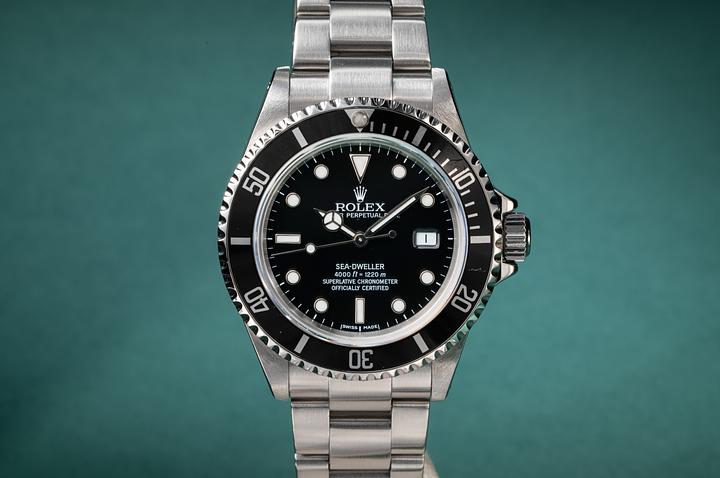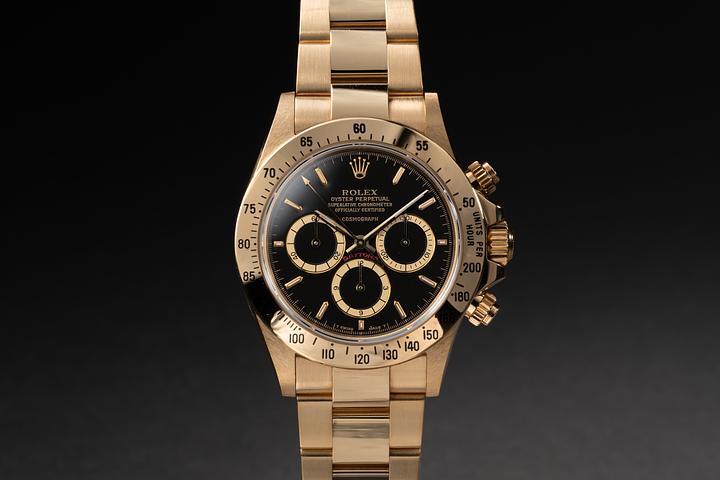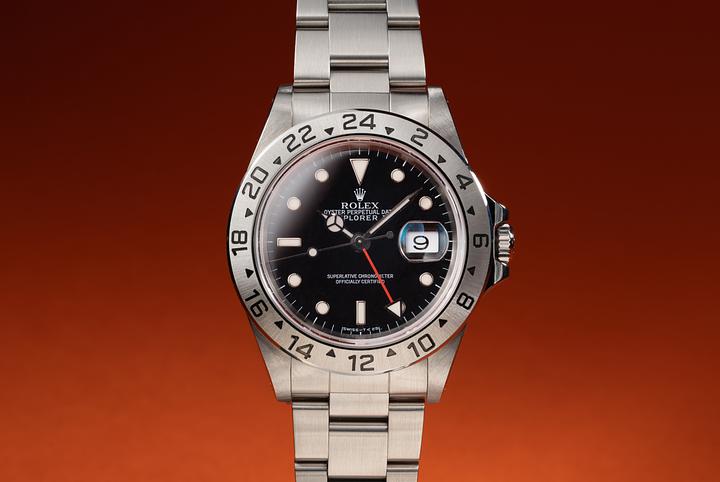Omega Speedmaster 1969 Price and Legacy of the Moonwatch

The Omega Speedmaster in 1969: Price, Prestige, and a Place in History
It’s wild to think about this now, but back in 1969, the Omega Speedmaster—yes, that Speedmaster, the one that went to the Moon—could be yours for somewhere around $200. Adjust that for inflation and you’re looking at roughly $1,500 to $1,600 in today’s dollars. That’s right. The legendary Moonwatch, the mechanical marvel that survived NASA torture tests and space travel, cost less than what most people spend on their iPhones now. But the story of the Speedmaster is deeper than price tags and nostalgia. It’s a masterclass in Swiss watchmaking, chronographic precision, and a well-deserved place in both horological and human history.
The Price of Precision in 1969
Okay, deep breath—let’s talk numbers for a second because this surprises almost everyone. In 1969, you could walk into an Omega boutique or authorized dealer and pick up an Omega Speedmaster Professional for around $200 USD. But context is everything. Back then, that kind of money wasn’t pocket change. You were buying a professional-grade chronograph, powered by the legendary hand-wound caliber 321 (and later, the 861), and explicitly engineered to meet NASA’s uncompromising standards. So while $200 feels quaint today, the Speedmaster wasn't cheap—it was serious kit for serious folks.
And it wasn’t just about the specs. Watches weren’t simply accessories in the late ’60s. They were tools, statements, mechanical companions. In that space age moment—literally and figuratively—owning a Speedmaster meant aligning yourself with cutting-edge innovation, adventure, and reliability. That $200 bought you the same model astronauts were strapping over their suits to go to the lunar surface. Talk about brand alignment.
Switzerland’s Finest: Omega and the Swiss Watch Legacy
Omega didn’t just stumble into greatness with the Speedmaster. The brand, founded in 1848 in La Chaux-de-Fonds, Switzerland, had long established itself as a titan within Swiss horology by the 20th century. The company had been the official timekeeper of the Olympic Games since 1932 and had developed a reputation for precision, innovation, and reliability. But it was the Moon that truly elevated its legacy.
The Swiss watch industry—grounded in tradition but unafraid of innovation—saw Omega’s collaboration with NASA as a win not only for the brand but for the entire country's watchmaking culture. The eyes of the world watched as American astronauts took "Swiss Made" with them into space. And Omega didn’t merely capitalize on that exposure with clever marketing; it earned every bit of that spotlight through engineering excellence. The Speedmaster wasn’t chosen by chance. It was selected after exhaustive trials that saw other major watchmakers fail under the most brutal testing NASA could dream up: extreme temperatures, violent shocks, intense vibrations, high humidity, zero gravity, you name it. Omega made the cut. No, Omega owned the cut.
1969: A Landmark Year for the Speedmaster
It's almost poetic how this all lines up. In July 1969, as Neil Armstrong and Buzz Aldrin made their way onto the lunar surface during Apollo 11, Aldrin had a Speedmaster strapped over his bulky white EVA suit. Armstrong left his inside the Lunar Module as a backup timer (NASA's onboard clock had failed). And just like that, the Omega Speedmaster became the first watch worn on the Moon.
The reference in use at the time was the Speedmaster Professional ST105.012. It featured a 42mm case, asymmetrical design with crown guards, and the previously mentioned caliber 321. Yes, that column-wheel manual chronograph movement—regarded today as a sort of horological holy grail—was the true heart of the Moonwatch. Shortly thereafter, Omega switched to the caliber 861, produced in higher volumes and easier to service due to its cam-switching mechanism. But that doesn't diminish what happened in '69. That year immortalized the Speedmaster in a way no other timepiece could dream of. It moved from fine tool to cultural artifact in a single leap—one small second hand tick for man, one giant moment for watch-kind.
The Caliber 321: A Movement Worth Remembering
We kind of have to pause and double click on the movement for a second because the caliber 321 wasn’t just good. It was remarkable. Developed by Lemania (a sister company to Omega under the SSIH group), the 321 featured a column wheel chronograph mechanism—a more complex and prestigious design than cam actuated variants. This provided butter-smooth pusher action and consistent performance under pressure.
Collectors today go to great lengths (and spend serious money) to get their hands on Speedmasters with the original 321. Omega even recognized the demand and, in 2019, brought the movement back in a painstakingly reconstructed form for special models in the ultra-high-end Speedmaster line. So yeah, this wheel keeps turning. But back in ‘69, this movement wasn’t a collector’s fantasy—it was the beating heart of the most robust, reliable chronograph in existence.
Design that Endures: Why the Speedmaster Still Matters
From the twisted lugs to the tachymetre bezel, the Speedmaster’s design remains practically unchanged over more than five decades. That’s not due to laziness. It’s because Omega got it right early on. The legibility, the symmetry, the case proportions—all of it formed a perfect balance between function and beauty. And let's not forget the Hesalite crystal. No sapphire here—Hesalite was chosen for safety. If it broke (which it rarely does), it wouldn't shatter into sharp debris. It could be buffed, polished, and sent back into space, or your wrist, with ease.
The iconic “Professional” case profile—those broad, beveled lugs and asymmetrical silhouette—is still winning fans on wrists across generations. And when you throw in the tachymeter scale, the sub-dials that don’t compete for attention, and the clean monochrome palette, it’s clear the Speedmaster wasn’t just engineered for NASA’s cockpit, but also designed for enduring coolness.
Looking Back to Look Ahead
So, what are we left with here? A $200 chronograph from 1969? Yes, that—and so much more. The Omega Speedmaster Professional proved that Swiss watchmaking could quite literally go where no watch had gone before. It solidified Omega’s position not just as a respected maker within the Swiss universe, but as an enduring icon on the world stage. Today, collectors, enthusiasts, astronauts, and everyday wristwatch devotees continue to wear the Speedy not just because of what it did, but because of what it still represents: precision, reliability, and adventure in one of its most authentic mechanical forms.
If the 1969 Omega Speedmaster was a bargain back then, let’s be real—it’s a treasure now, historically and mechanically. So whether you’re hunting a vintage ref, eyeing a modern reissue, or just daydreaming while scrolling late-night listings (guilty), remember: every Speedmaster ticks with a little lunar dust and whole lot of Swiss soul.




